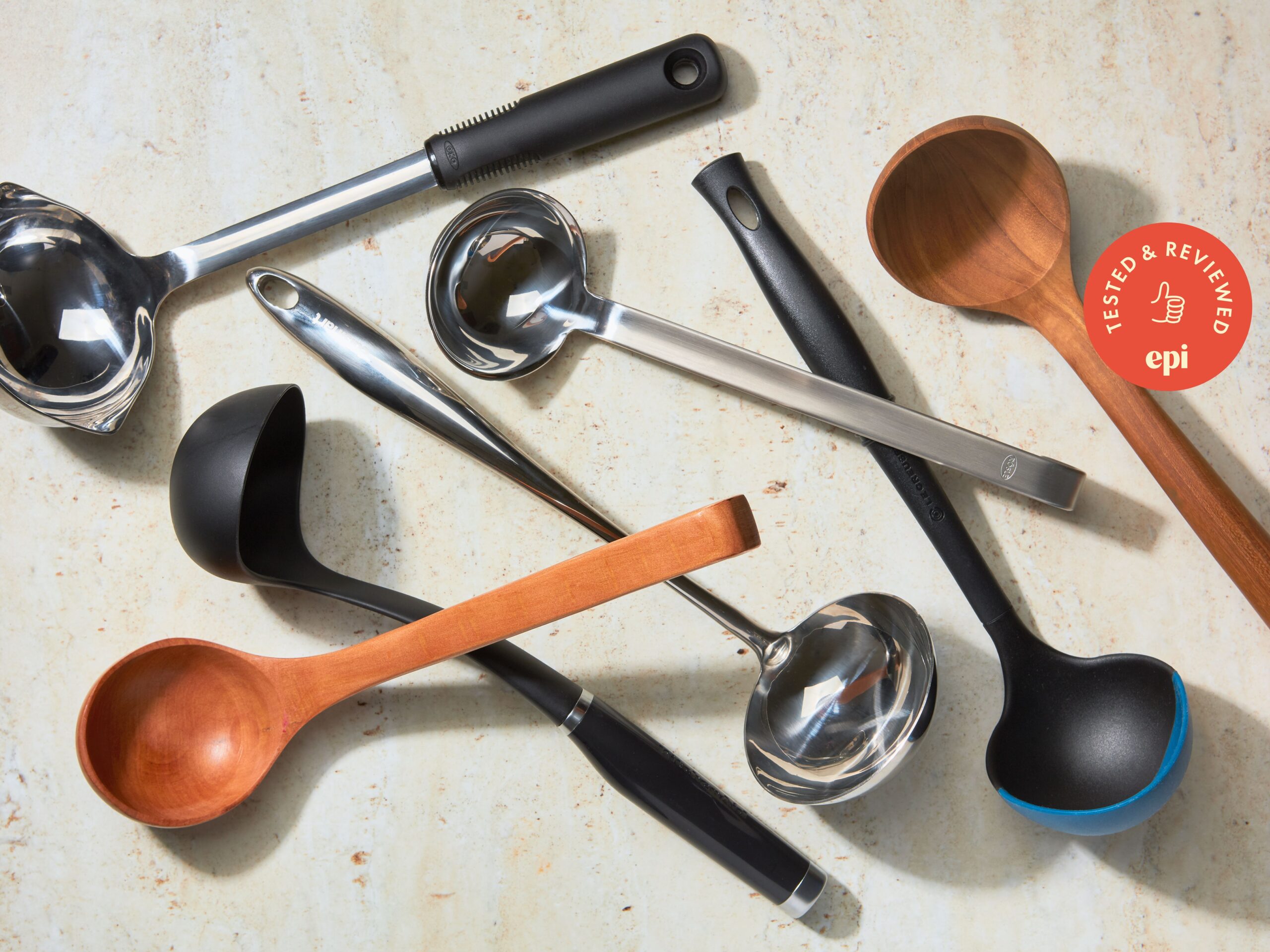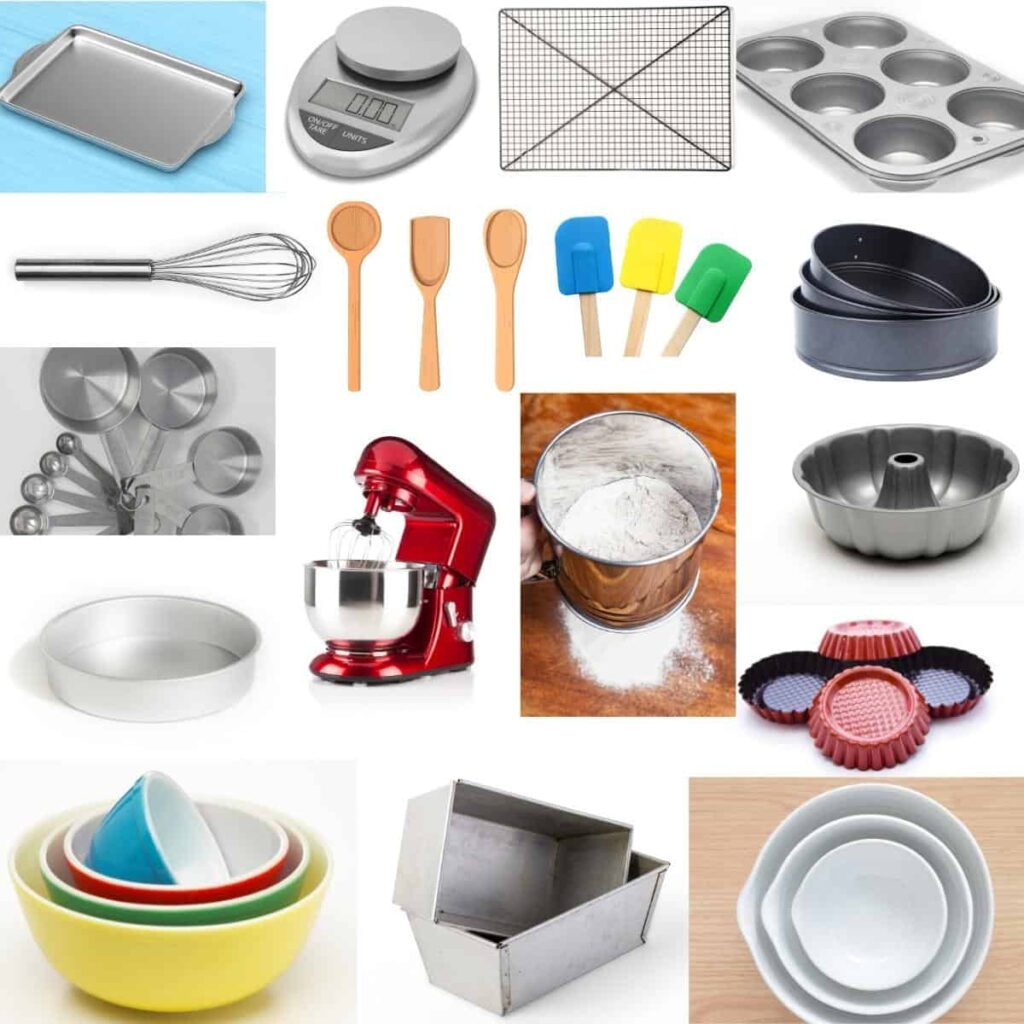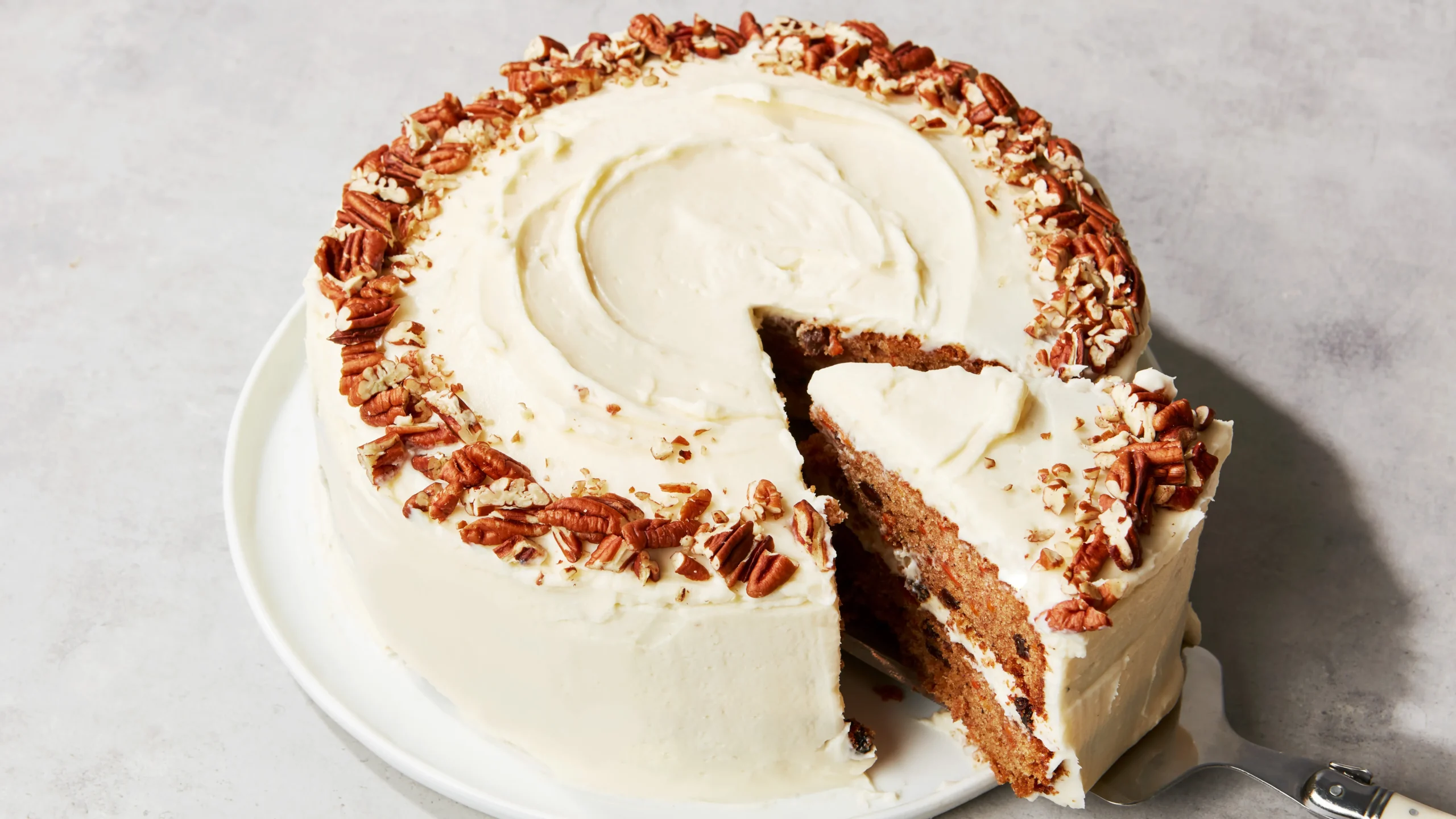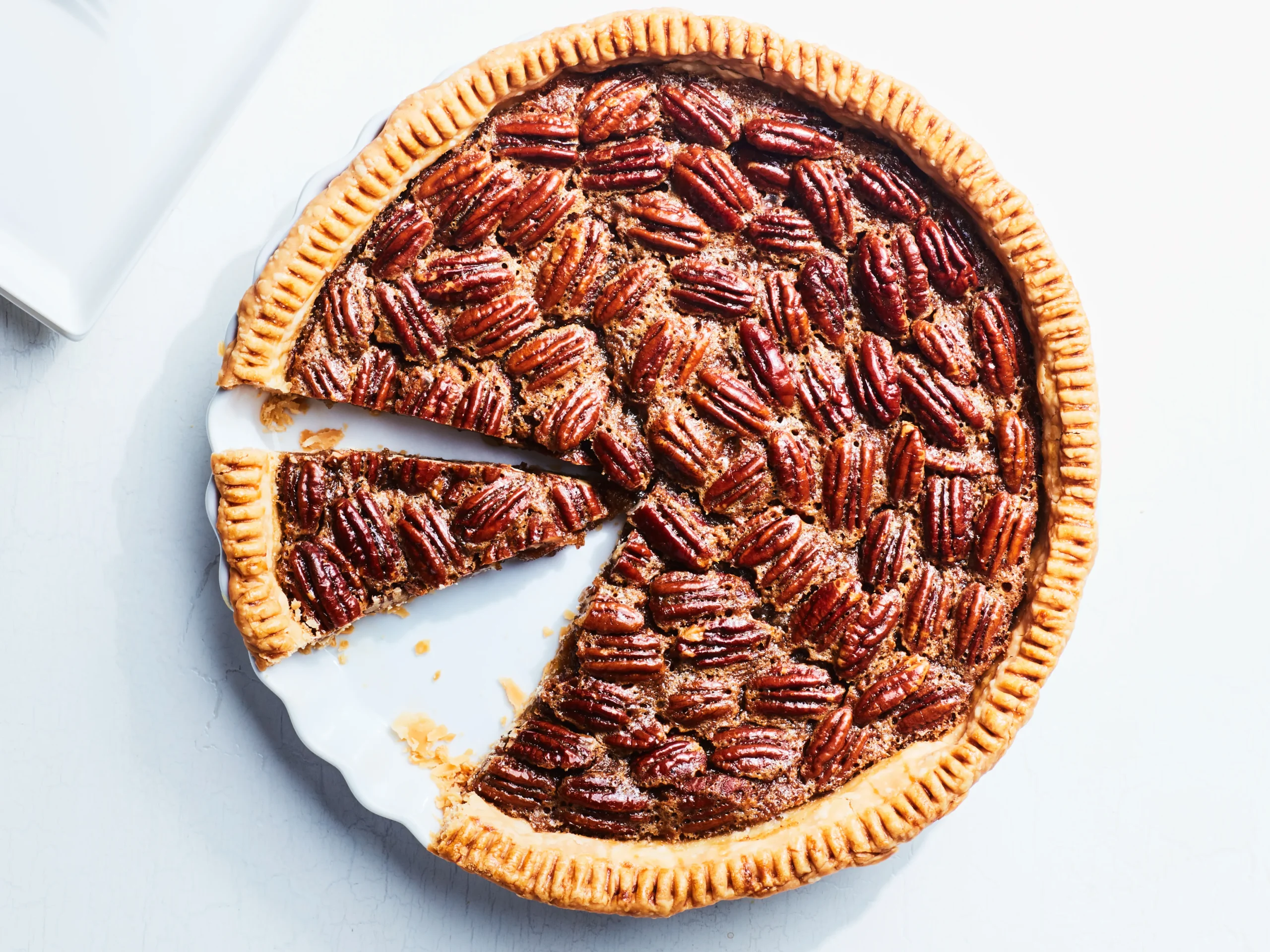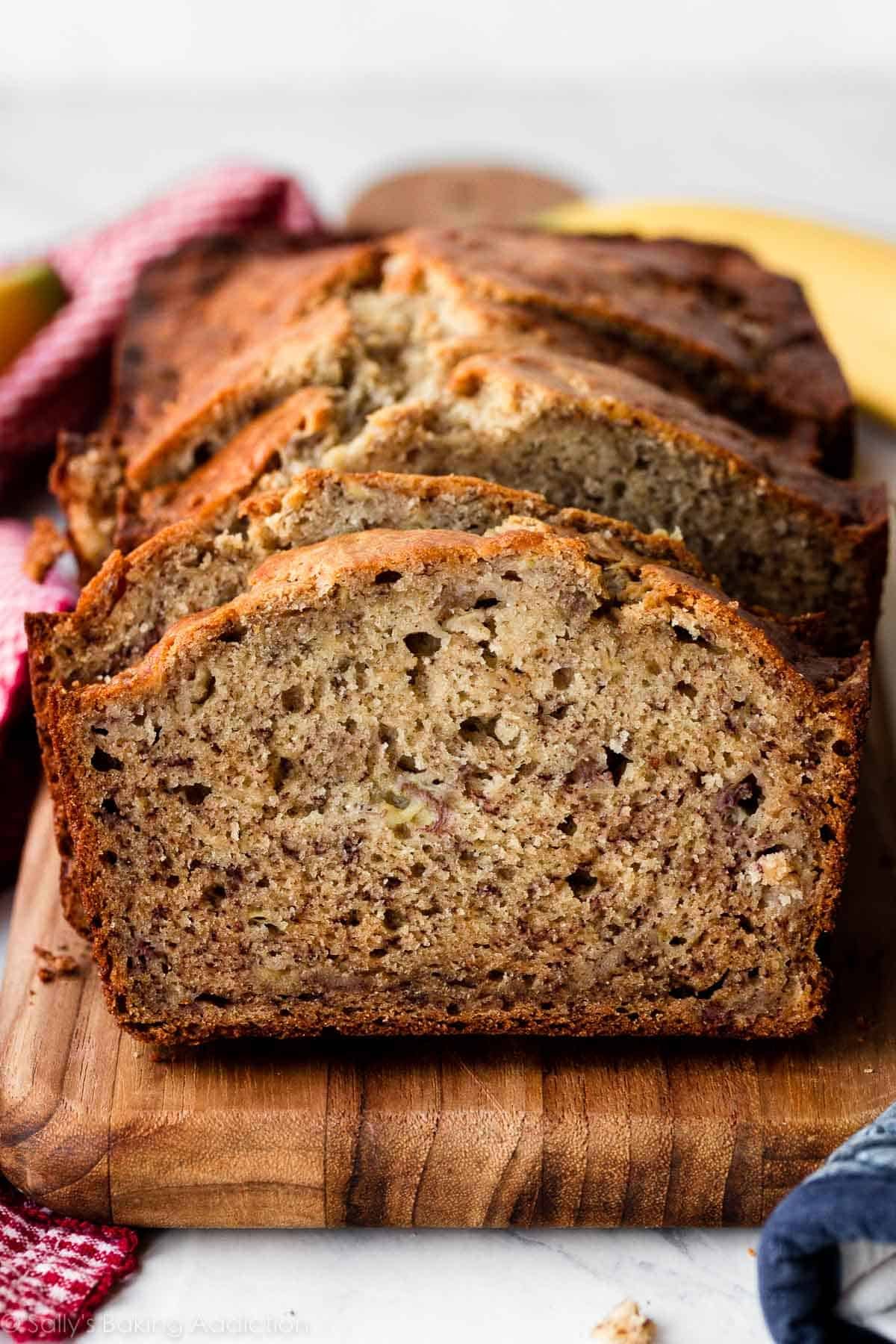A ladle is a kitchen utensil with a long handle and a deep, rounded bowl-like scoop used for serving soups, stews, and other liquid-based dishes. It is commonly made of metal or plastic, and its size can vary depending on the needs of the user.
The ladle is an essential tool in any kitchen, allowing for easy and convenient portioning and serving of food. Using a ladle not only ensures efficient serving but also helps prevent spillage and mess. Whether in a home kitchen or a professional restaurant setting, the ladle is a versatile and indispensable tool for serving a variety of dishes.
Table of Contents
The Origins And History Of The Ladle
The ladle, one of the simplest yet indispensable kitchen utensils, has a rich and fascinating history that dates back to ancient civilizations. From its humble beginnings to its evolution in different cultures, the ladle has played a significant role in cooking and serving meals throughout the ages. In this blog post, we explore the origins and history of this versatile kitchen tool.
Ladles In Ancient Civilizations
In ancient civilizations, such as Mesopotamia, Egypt, and China, ladles were already an essential part of everyday life, fulfilling both practical and ceremonial purposes. These early ladles were typically crafted from materials readily available, such as clay, wood, and animal horns.
Among the ancient Egyptians, the ladle was not only used for serving food but also held symbolic meaning. In religious ceremonies, priests utilized elaborately designed ladles to pour libations, offering liquids to deities as a sign of respect and devotion.
The Mesopotamians, known for their advanced irrigation systems and agricultural practices, relied heavily on ladles to distribute water and ensure crops’ proper nourishment. These early ladles were meticulously constructed, with some featuring intricate carvings and decorative elements.
Evolution Of Ladles In Different Cultures
As time progressed, the ladle’s design and purpose evolved across various cultures and continents. In ancient Rome, bronze ladles were commonplace, and they featured a long handle, making it easier to reach the bottom of large cooking pots. These ladles were popular among the wealthier citizens who could afford such luxurious utensils.
In medieval Europe, ladles took on a more practical and utilitarian form. They were indispensable in the daily routines of cooking and serving food in castles, monasteries, and households. Over time, the use of iron in ladle production became increasingly widespread, as it proved durable and capable of withstanding high temperatures.
Meanwhile, in East Asia, specifically in Japan, the ladle became an integral part of the tea ceremony. Elaborately decorated ladles made from bamboo or lacquered wood were meticulously crafted to achieve a delicate balance between functionality and aesthetic appeal. These ladles played a crucial role in the tea preparation process, symbolizing hospitality and respect.
Today, the ladle continues to be an essential kitchen tool in households worldwide, serving various purposes from stirring soups to pouring sauces. With advancements in materials and technology, ladles are now available in an array of designs, sizes, and materials, catering to different cooking preferences and needs.
From its ancient origins to its continued significance in modern households, the ladle remains a testament to the culinary traditions and innovations that have shaped our world.
Types Of Ladles And Their Uses
Ladles are essential tools in any kitchen, offering a convenient and efficient way to serve various dishes and drinks. From piping hot soups to delectable gravies, ladles come in different types, each serving its own unique purpose. In this article, we will explore the various types of ladles and their specific uses, ensuring you have the right tool for every culinary occasion.
Soup Ladles: For Serving Soups And Stews
When it comes to serving soups and stews, soup ladles are indispensable. These ladles typically have deep, round bowls and long handles, allowing you to scoop up hearty portions of your favorite soups and stews. Whether you’re enjoying a comforting bowl of chicken noodle soup or savoring a rich and creamy tomato bisque, a soup ladle ensures a mess-free serving experience. Its generous capacity also makes it ideal for scooping up large quantities to feed a hungry crowd.
Gravy Ladles: For Pouring Sauces And Gravies
If you’re looking to pour the perfect amount of savory sauce or rich gravy onto your plate, a gravy ladle is your go-to tool. With a long, curved handle and a deep, spouted bowl, gravy ladles are designed to make serving sauces a breeze. The spout allows for controlled pouring, ensuring your sauce lands exactly where you want it, without any unwanted drips or mess. Whether you’re adding a drizzle of savory gravy to your mashed potatoes or generously coating your Thanksgiving turkey with homemade cranberry sauce, a gravy ladle ensures precise and mess-free serving.
Punch Ladles: For Serving Beverages At Parties
When hosting a party or gathering, having a punch ladle is essential for serving refreshing beverages. Punch ladles typically feature a long handle and a rounded bowl with a pour spout, making it effortless to serve fruity punches, chilled cocktails, and other delightful refreshments. The long handle allows you to reach into deep serving bowls or punch bowls with ease, ensuring each guest gets a generous serving of their favorite drink. Whether it’s a summer soiree or a festive holiday celebration, a punch ladle is a must-have for any party host.
Slotted Ladles: For Straining Solids From Liquids
When you need to strain solids from liquids, a slotted ladle comes to the rescue. Slotted ladles feature slots or perforations on the bowl to allow liquids to drain away while retaining the solids. These ladles are perfect for retrieving vegetables, meats, or pasta from boiling water or separating solids from broths and stocks. The slotted design ensures that only the desired components are retrieved while leaving the excess liquid behind. Whether you’re cooking a hearty pasta dish or preparing a beautiful pot of homemade broth, a slotted ladle is an indispensable tool in your kitchen arsenal.
Choosing The Right Ladle For Your Needs
When it comes to cooking and serving soups, stews, sauces, and other delightful dishes, a ladle is an essential kitchen tool you can’t do without. But with so many options available, how do you choose the right ladle for your needs? In this article, we’ll explore the factors you should consider when making your ladle selection.
Considering The Material: Stainless Steel, Plastic, Or Silicone
The material of the ladle you choose plays a crucial role in its durability, heat resistance, and overall performance. Here’s a breakdown of the common ladle materials:
| Material | Pros | Cons |
|---|---|---|
| Stainless Steel | Durable, long-lasting, and resistant to rust and corrosion. | Can get hot to touch, lacks flexibility. |
| Plastic | Lightweight, affordable, and available in various colors. | Not as durable as stainless steel, may stain or warp over time. |
| Silicone | Heat resistant, non-stick, and gentle on delicate cookware. | Less rigid than stainless steel, may not be suitable for heavy-duty use. |
When choosing a material, consider your cooking habits and preferences. If durability is important to you, stainless steel may be the way to go. Plastic ladles are great for casual use or serving cold dishes, while silicone ladles are perfect if you frequently work with non-stick pans.
Size And Capacity Of Ladles
The size and capacity of a ladle determine its suitability for different cooking tasks. Whether you’re serving a small bowl of soup or a large pot of chili, having the right ladle size can make your job easier. Here are some common ladle sizes and their recommended uses:
- A small ladle (1-2 ounces) is ideal for drizzling sauces or garnishing dishes.
- A medium ladle (3-4 ounces) is perfect for serving individual portions of soup or side dishes.
- A large ladle (5-8 ounces) is great for serving generous portions of main courses or for catering to larger groups.
Consider your cooking needs and the dishes you frequently prepare when choosing the size and capacity of your ladle.
Ergonomic Features For Comfortable Use
Cooking can be a labor of love, but it doesn’t have to be physically straining. Look for ladles with ergonomic features that prioritize comfort and ease of use. Here are some key ergonomic features to consider:
- Handle Design: Opt for ladles with long or curved handles for better grip and control.
- Weight: A ladle that is too heavy may cause fatigue, so choose one that is comfortable to lift and maneuver.
- Balanced Design: Ladles with a balanced weight distribution make serving and pouring more effortless.
- Heat Resistance: Look for ladles with heat-resistant handles to minimize the risk of burns.
By considering these ergonomic features, you can ensure a more comfortable and enjoyable cooking experience.
Maintaining And Caring For Your Ladle
Discover effective methods for maintaining and caring for your ladle to ensure its longevity and optimal performance. By following proper cleaning techniques and storing it properly, you can extend the lifespan of your ladle and keep it in great condition for all your cooking needs.
Maintaining and Caring for Your Ladle
Proper cleaning and drying techniques
One of the essential aspects of maintaining your ladle is proper cleaning and drying techniques. After each use, make sure to wash your ladle thoroughly with warm soapy water. This will help remove any residue or food particles that may have stuck to the surface. Be sure to use a gentle scrub brush or sponge to avoid scratching the ladle’s material.
Drying your ladle properly is equally important. After washing, ensure you dry your ladle with a clean, lint-free cloth or towel. This will prevent any moisture from sitting on the surface and potentially causing rust or damage. Take extra care to dry the inside of the ladle as well, as water can easily accumulate in this small space.
Storing ladles to prevent damage
Proper storage is crucial to prevent damage to your ladle. Avoid placing your ladle in a drawer or utensil holder where it can get scratched or bent. Instead, consider hanging your ladle on a utensil rack or storing it upright in a container specifically designed for ladles. This will help keep your ladle safe and secure, ensuring it maintains its shape and remains in good condition.
Regular maintenance for longevity
Regular maintenance is key to ensuring the longevity of your ladle. Every few months, take the time to give your ladle some extra TLC. Start by inspecting the handle for any signs of wear or loose screws. If necessary, tighten any loose screws or consider replacing the handle if it is worn out.
To maintain the ladle’s function and appearance, consider applying a food-safe oil to the surface. This will help prevent rust and keep the ladle looking its best. Simply apply a small amount of oil to a clean cloth and rub it onto the ladle’s surface, focusing on any areas that are prone to rust or discoloration.
Conclusion
By following these proper cleaning and drying techniques, storing your ladles correctly, and performing regular maintenance, you can ensure that your ladle remains in excellent condition for years to come. Taking care of your ladle not only extends its lifespan but also ensures a hygienic and enjoyable cooking experience. So, don’t forget to give your ladle the attention it deserves to continue serving you in the kitchen.
Ladles In Culinary Traditions And Recipes
When it comes to essential kitchen tools, the ladle holds a special place in the culinary world. This versatile utensil not only aids in the serving of soups and stews but also plays a crucial role in various cooking techniques. Throughout history, ladles have been used in different cuisines, each showcasing their unique cultural flavors. From Asia to Europe and beyond, let’s explore how ladles have found their place in culinary traditions and discover some delightful recipes where they take the spotlight.
Ladles In Asian Cuisine: Examples And Cooking Techniques
Asian cuisine is renowned for its aromatic flavors, vibrant colors, and various cooking techniques. Ladles, in particular, have been an indispensable tool in many Asian kitchens. Here are some examples highlighting the use of ladles in Asian culinary traditions:
- Soup Stocks: In Chinese cuisine, a specially designed soup ladle is used to skim off impurities that rise to the surface during stock preparation. This ensures a clear and flavorful broth.
- Hot Pot: In countries like China, Japan, and Korea, hot pot dishes are a popular communal dining experience. A ladle is used to scoop hot broth, meat, vegetables, and noodles directly onto the diners’ plates.
- Stir-Frying: Ladles with long handles are commonly used in stir-frying dishes. The concave shape of the ladle helps toss and stir the ingredients while ensuring even heat distribution.
Traditional European Dishes That Utilize Ladles
European cuisine boasts a rich culinary heritage that embraces classic techniques and hearty recipes. Ladles have long been an essential tool in creating some of these traditional dishes. Here are a few examples:
| Dish | Ladle Utilization |
|---|---|
| French Onion Soup | The ladle is used to serve this comforting soup into individual bowls, ensuring the flavorful broth, caramelized onions, and melted cheese are distributed evenly. |
| Spanakopita | When preparing this Greek pie filled with spinach and feta cheese, a ladle is used to distribute the mixture evenly in the pie crust, creating layers of delightful flavors. |
| Goulash | This hearty Hungarian stew relies on the ladle to scoop and serve the rich beef and vegetable medley, making each bowl a satisfying experience. |
Ladle-centric Recipes From Around The World
Looking beyond Asian and European cuisine, we find ladle-centric recipes in various other culinary traditions. These dishes showcase the versatility of the ladle and its ability to take center stage. Here are a few global recipes:
- Mexican Pozole: This traditional Mexican soup filled with hominy, meat, and spices is often prepared in large quantities. A ladle is used to scoop the flavorful broth and toppings into individual bowls, making it a savory delight.
- Indian Dal: A staple in Indian cuisine, dal is a lentil-based dish that requires constant stirring and adding of ingredients. A ladle is the perfect tool for this task, ensuring the lentils are cooked to perfection and the flavors are well-distributed.
- American Chili: In the United States, chili is a beloved comfort food. Using a ladle to serve this hearty dish ensures that everyone gets a generous portion of the meaty, spicy goodness.
From Asian delicacies to European classics and global favorites, ladles have played a significant role in culinary traditions and recipes around the world. Beyond their practicality, they bring an element of tradition and connection to the meals we enjoy. So, next time you reach for a ladle in your kitchen, remember the history and diverse flavors it represents.
:max_bytes(150000):strip_icc()/Web_1500-sea-LadleLineuponMarbleGK-grace-kelly-930c5d8bf682482b871a390599ccd190.jpg)
Credit: www.seriouseats.com
Frequently Asked Questions For Ladle
What Is A Ladle Used For?
A ladle is a long-handled spoon-like utensil used for serving soup, stew, or other liquids. It is designed with a deep, bowl-shaped end to easily scoop and transfer large quantities of liquid or food. It is commonly used in the kitchen or for serving meals at the dining table.
What Are The Different Types Of Ladles?
There are various types of ladles available, including soup ladles, punch ladles, gravy ladles, and serving ladles. Each type has a specific design and size suited for its intended use. Soup ladles, for example, have a deep bowl and longer handle, while punch ladles are larger to accommodate serving drinks.
How Do You Choose The Right Ladle Size?
When choosing a ladle, consider the size of the container or serving dish you will be using it with. The ladle should be able to hold enough liquid or food to serve in one scoop. A ladle that is too small may require multiple scoops, while a ladle that is too large may be difficult to handle or pour from.
How Do You Maintain A Ladle?
To keep your ladle in good condition, wash it with warm, soapy water after each use. Avoid abrasive cleaning tools that may scratch the surface. If your ladle is made of stainless steel, you can use a stainless steel cleaner to restore its shine.
Store the ladle in a dry place to prevent rust or damage.
Conclusion
The humble ladle is an essential kitchen tool that plays a crucial role in our daily lives. Its versatile design and functionality make it indispensable for cooking, serving, and even crafting. Whether you’re whipping up a hearty soup or pouring out your creativity in the form of a ladle art project, this simple utensil proves its worth in countless ways.
So, next time you reach for a ladle, cherish its value and appreciate the little things that make our culinary experiences memorable.
